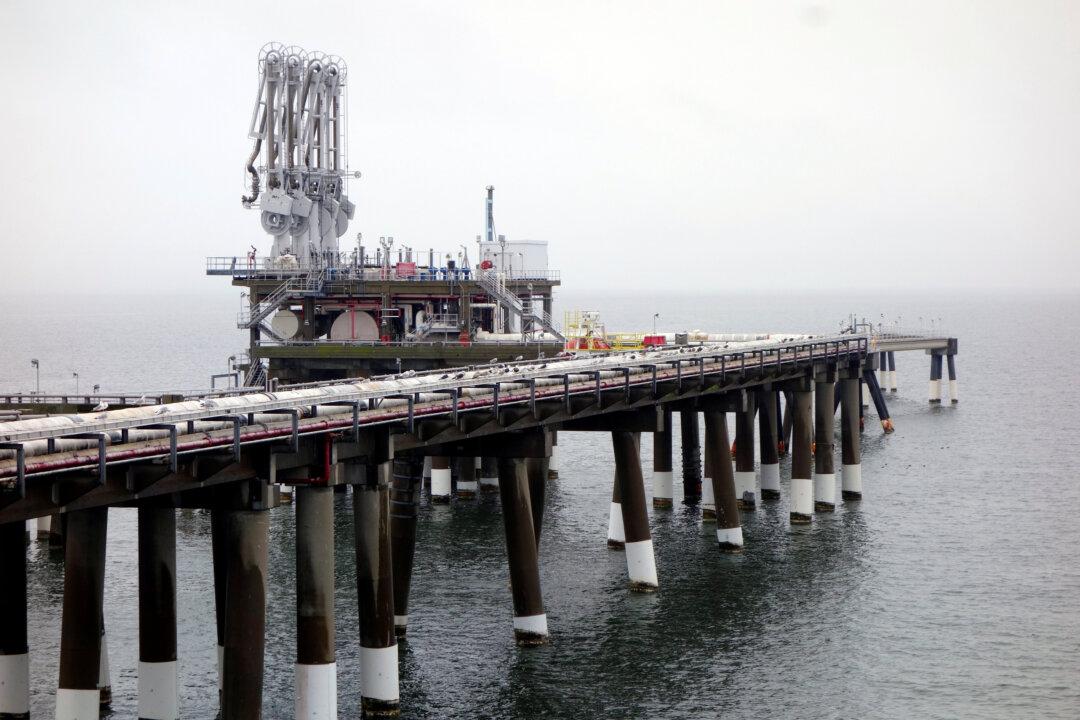The United States is on course to have the world’s largest exporting capacity of liquified natural gas (LNG) by 2022, surpassing Qatar and Australia, owing to increased domestic production and a soaring demand from international markets, especially China.
Global demand for LNG has grown steadily, hitting annual record highs since 2015. European economies and emerging Asian markets depend on LNG for power production and heating requirements. This demand has been met by U.S. companies that have exported LNG since 2016.





